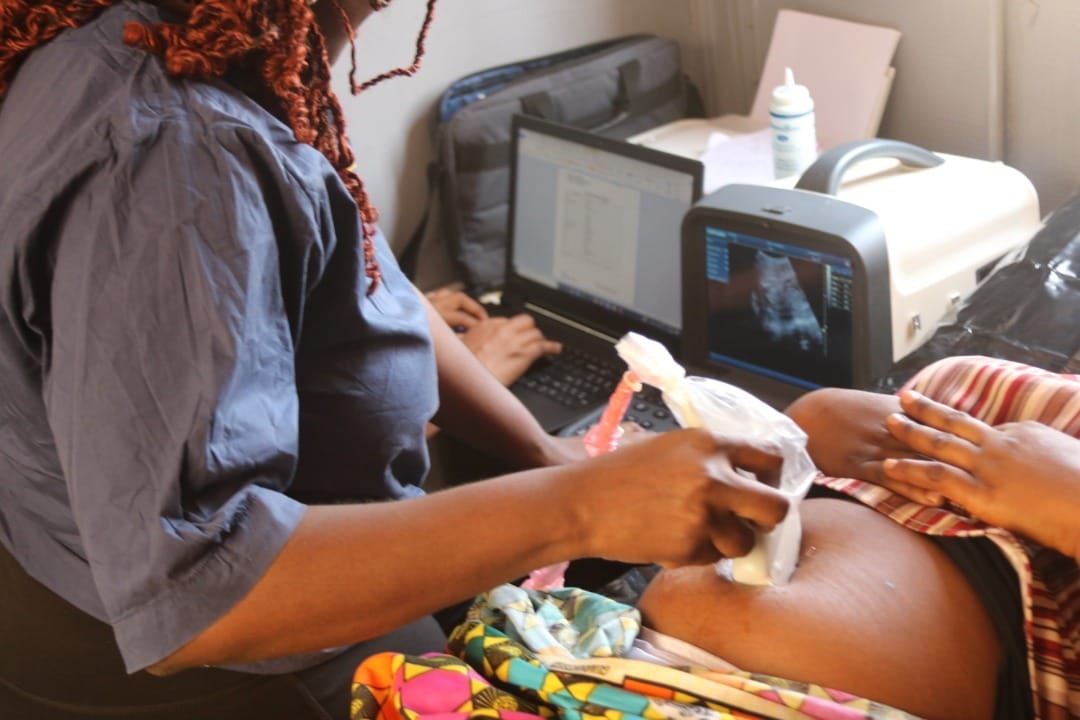
A woman in sub-Saharan Africa is 400 times more likely to die in childbirth than a woman in Australia or New Zealand, according to the UN Maternal Mortality Estimation Inter-Agency Group’s report. | Photo by Mimiessien
What you probably already know: Over 700 women died from preventable, pregnancy- and birth-related causes every day in 2023, according to the United Nations Maternal Mortality Estimation Inter-Agency Group’s latest report on global maternal mortality. That’s a yearly total of roughly 260,000 women, or one death every two minutes. Maternal mortality rates have significantly declined in recent years, falling by about 40% between 2000 and 2023, but the numbers aren’t dropping fast enough to reach global targets.
Why? The Sustainable Development Goal adopted by United Nations members seeks to reduce the global maternal mortality ratio (MMR) to less than 70 deaths for every 100,000 live births by 2030, with no country having a MMR of more than twice the global average. Meeting this target would require a drop of nearly 15% every year. But it dropped by just 1.6% each year from 2016 to 2023. A country’s development status corresponds to its MMR. In 2023, the MMR in low-income countries was 346 for every 100,000 live births, compared to just 10 in high-income countries. Women in low- and lower-middle-income countries accounted for 92% of all maternal deaths in 2023. Most of the deaths (about 182,000) were in Sub-Saharan Africa; another 43,000 were in Southern Asia, though this region also had the second-largest reduction in MMR behind Eastern Europe. Among developed countries, the U.S. has the highest maternal mortality rate, due to a shortage of maternity care providers (particularly midwives) and a lack of comprehensive postpartum support, according to The Commonwealth Fund.
What it means: Whether a country is experiencing conflict has a large impact on its MMR. Climate change, economic and political instability, health system failures, social inequities, and harmful gender norms also contribute to a woman’s risk of death during or after pregnancy and childbirth. While huge strides have been made in lowering maternal deaths since 2000, experts say progress has stagnated as a result of underinvestment in health care, shortages in quality health workers, and a lack of access to preventive treatment and safe birthing services. An uptick in the global MMR in 2021 suggests the COVID-19 pandemic also played a part in stalling progress.
What happens next: Left unaddressed, these barriers will continue to delay progress toward the global MMR target. The United Nations Maternal Mortality Estimation Inter-Agency Group estimates that without urgent action, an additional 700,000 women (and 8 million children under 5) will die by 2030. Preventing unintended pregnancies is also vital to curbing maternal deaths, the World Health Organization said. Along with providing access to contraception and safe abortion services, the WHO recommends human rights-based strategies that are focused on eliminating inequities and discrimination. A study published in the National Library of Medicine similarly outlines three strategies, including preventative measures aimed at reducing socio-economic disparities through the empowerment and education of women.

